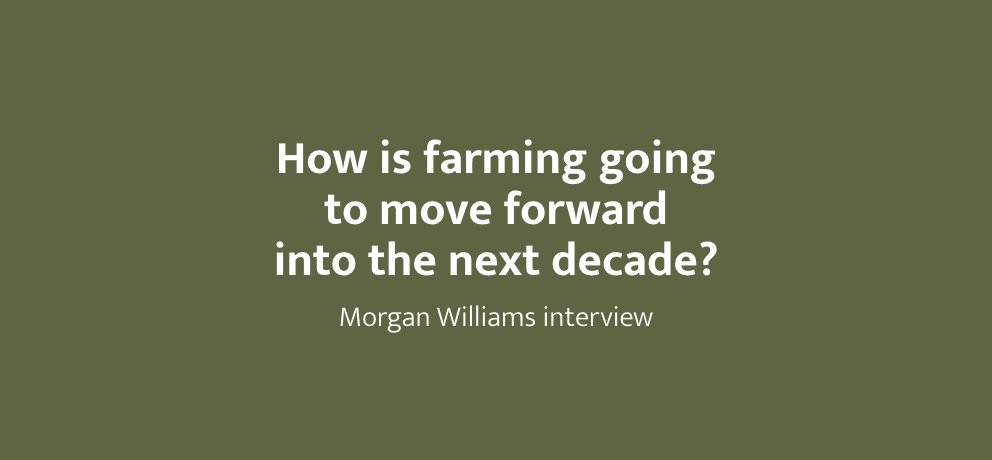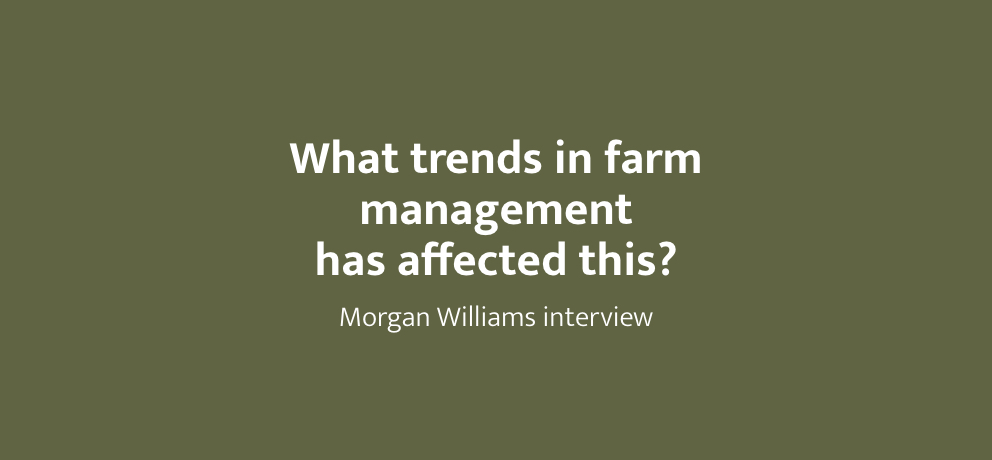Todd & Donna Oliver
King Country
Research
Research
‘Farming for the Future’ research programme - Future-proofing New Zealand farming.

The independent ‘Farming for the Future’ research programme in association with The AgriBusiness Group. The programme’s aim was to independently validate low nutrient input and systems efficiency can build within the farm gate. Using Hatuma Dicalcic Phosphate® as the default product, data has been gathered from sheep and beef farmers in Northland, Taupo, Waikato, Hawke’s Bay, Manawatu, Wairarapa and, since 2012, the South Island – approximately 16,500 hectares in total.
Six years later the outcomes extended well beyond expectations and the ideal of sustainable production from increasingly resilient farming systems was shown to be a reality for the wider farming community.
The exciting outcomes are summarised here.
A brief recap on ‘Farming for the Future’.
The ‘Farming for the Future’ research programme was focused on finding ways to future-proof New Zealand’s natural advantage by asking:
– how can farming systems operate more ecologically efficiently and sustainably, with fewer or different inputs?
– what input savings and environmental benefits can be gained while maintaining or increasing production?
– how we can better understand the outcomes of lower nutrient input on sheep and beef farming systems and in particular those which utilise Hatuma Dicalcic Phosphate®?
Since 2009 the ‘Farming for the Future’ research programme measured the outcomes on ten participating lower-input hill country sheep and beef farms, most of which have already been farming this ideology successfully for many years.
Each year, independent scientists and consultants from The AgriBusiness Group undertook the following:
– comprehensive soil and pasture quality assessments (including soil biology)-annual farmers’ interviews on farm physical attributes, management inputs, production and financial data
– captured and analysed-gauging environmental outcomes using OVERSEER®
– comparison of farm outcomes against available local or national benchmarks, as well as findings from the ARGOS project-detailed reports written with considerable input from soil scientist Peter Carey (Land Research Services Ltd).
The objective was to monitor the research properties as long as possible to build a robust set of data for assessing the performance of farm inputs such as fertilisers.
How do we future-proof New Zealand’s pastoral sector to ensure it remains the most efficient producer in the world?
To make this a reality, Hatuma committed to helping New Zealand farmers make better nutrient input decisions by partnering with the team of specialists from the AgriBusiness Group to develop a new ‘whole farm’ template for efficient farming.
Building resilience within the farm gate, while maintaining stress-free and profitable farming, was always going to be a major objective of the programme. Setting up farmers to generate top-shelf, low energy produce for the growing global demand outside the gate was another.
The programme evolved as the research continued to find the answers by working with more and more farmers. These farmers were already achieving this ideology of sustainable production from increasingly resilient farming systems.
The AgriBusiness Group was established in 2001 to help build business capability in the primary sector.
Its consultants have had a long history of involvement with research typically through facilitating stakeholder input, undertaking monitoring and the extension of results. By itself, as well as through the Agricultural Research Group on Sustainability (ARGOS) collaboration, the company has had a leading role in facilitating research into innovation to improve the performance, sustainability and resilience of New Zealand primary production systems.
From the beginning, it’s always been Hatuma’s intention to transparently share the knowledge gained through the ‘Farming for the Future’ research programme with the broader farming community, helping to build a community of interest in sustainable farming practices.
We’ve achieved this through:
– our website and brochures
– regular direct mail updates to our customers
– regular case studies in Farmers Weekly
– sharing findings at the 2015 Fertiliser & Lime Research Centre Workshop at Massey University.
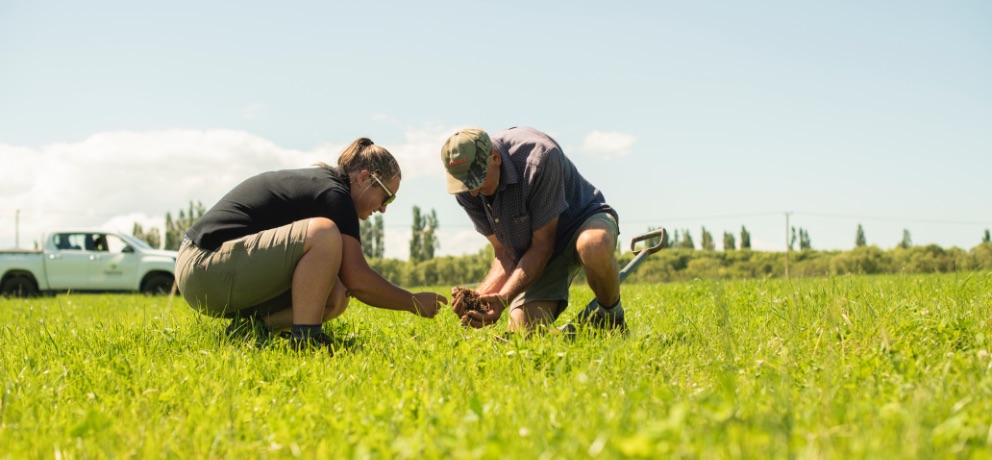
The greater good.
From the beginning, it’s always been our intention to transparently share the knowledge gained through the ‘Farming for the Future’ research programme with the broader farming community, helping to build a community of interest in sustainable farming practices.
We’ve achieved this through:
– our website and brochures
– regular direct mail updates to our customers
– regular case studies in Farmers Weekly
– sharing findings at the 2015 Fertiliser & Lime Research Centre Workshop at Massey University.
The results so far.
Hatuma Dicalcic Phosphate® is non-water soluble, so there’s little chance of phosphate run-off. The goodness stays where it’s needed, so it’s better for the environment and your back pocket.
For example, to remove 90% of the phosphate held in Hatuma Dicalcic Phosphate® requires 75 times more water than to remove the same proportion of phosphate from superphosphate1. This supports previous industry field research2 that identified, on average, the use of low water soluble calcium phosphate fertiliser decreased phosphate losses by an average of 47% over 3 years.
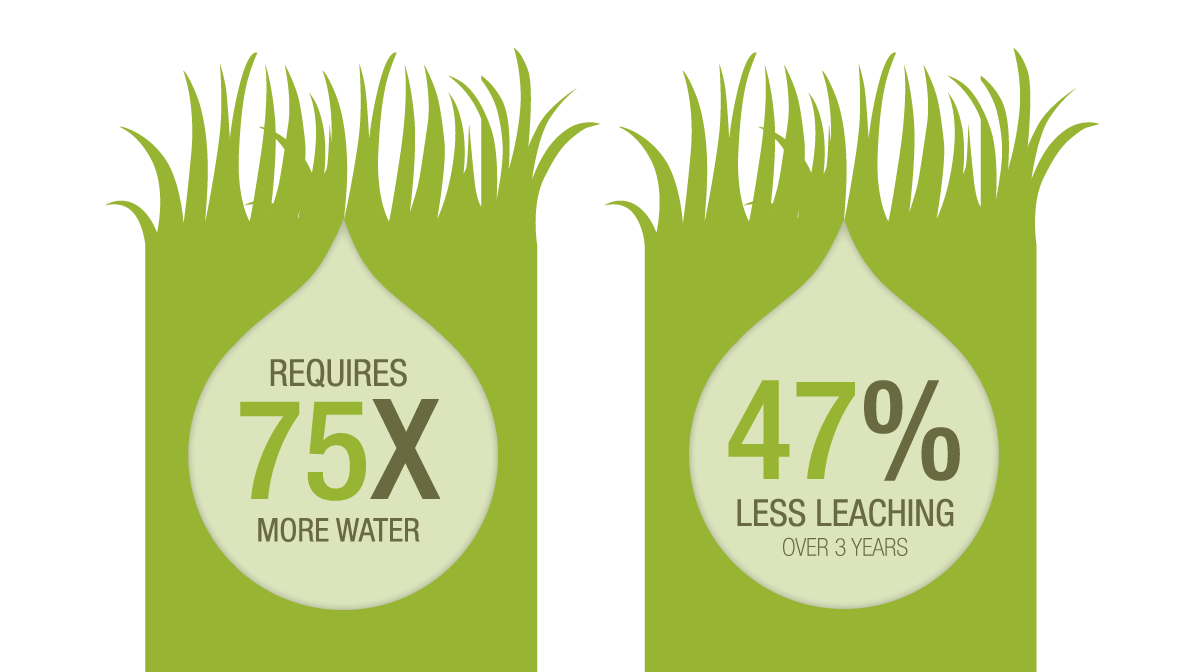
Hatuma Dicalcic Phosphate monitor farms (FFF) carry similar stock rates compared to Beef + Lamb regional averages and have the same or higher lambing percentages.
Overview of farms 2008/09 to 2013/14
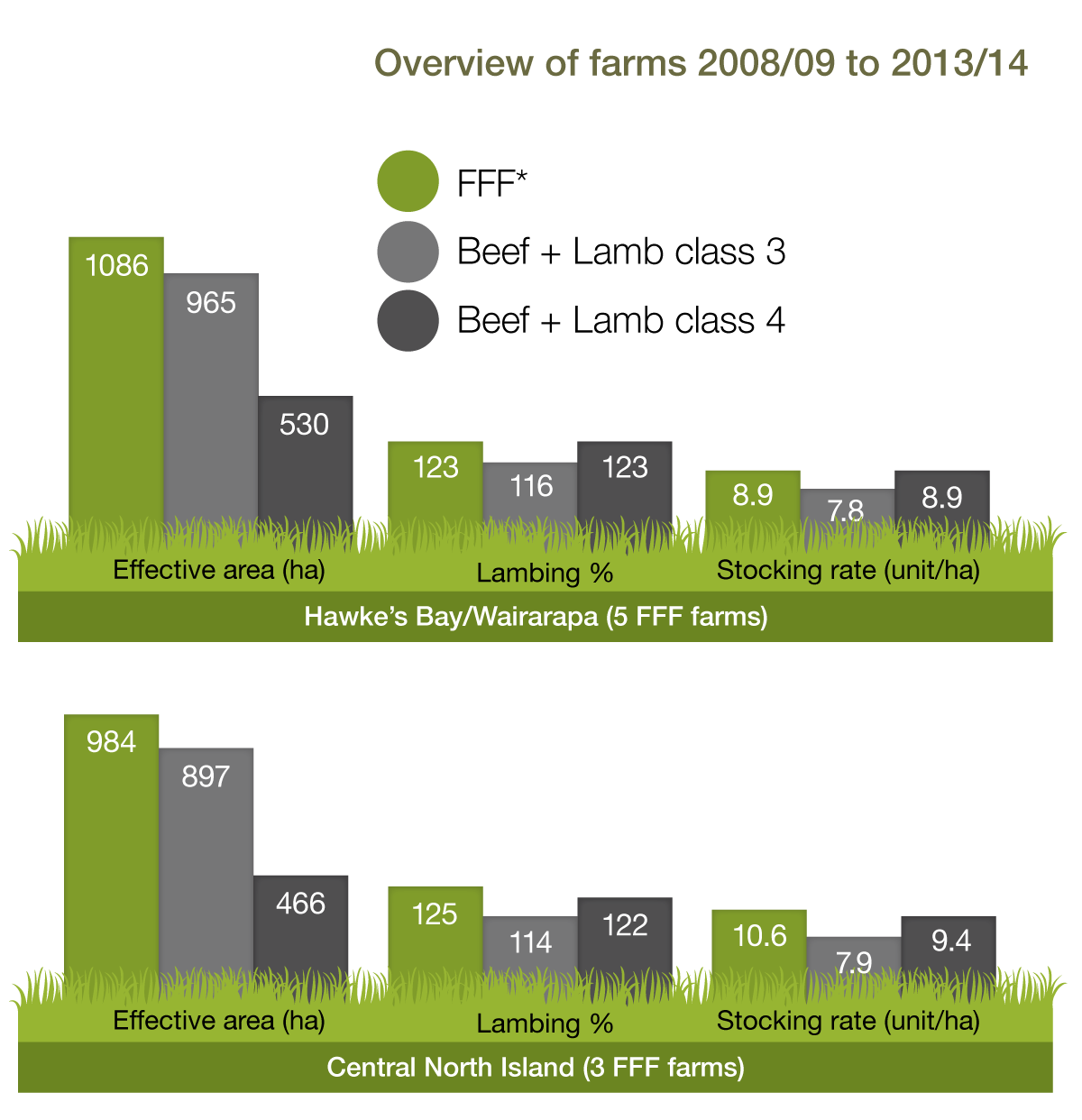
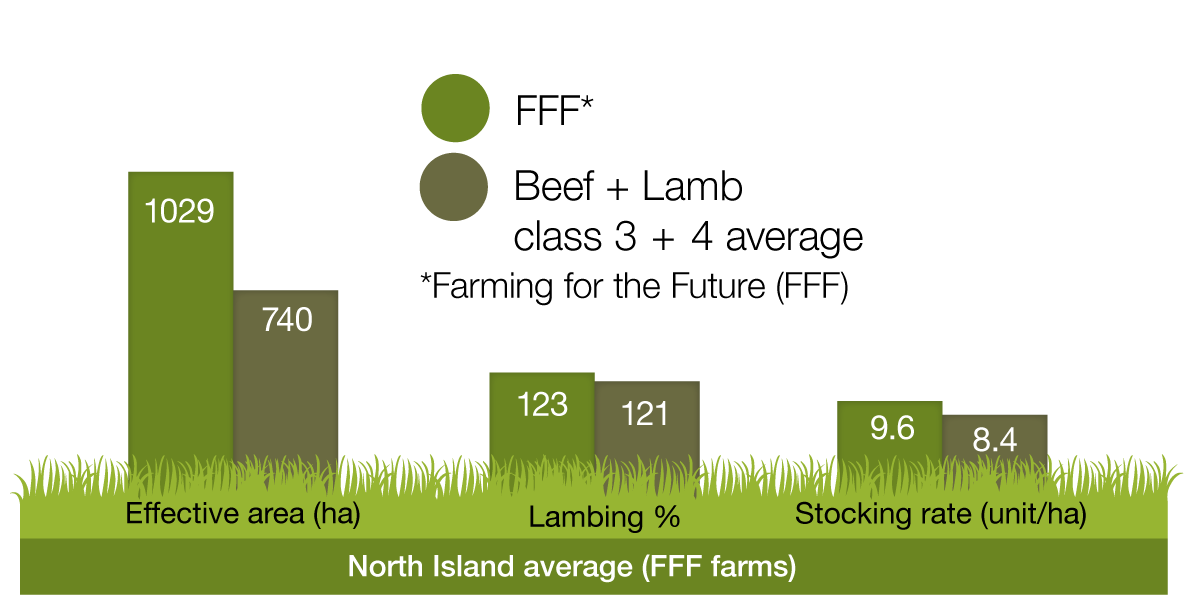
Hatuma Dicalcic Phosphate monitor farms show no compromise on production.
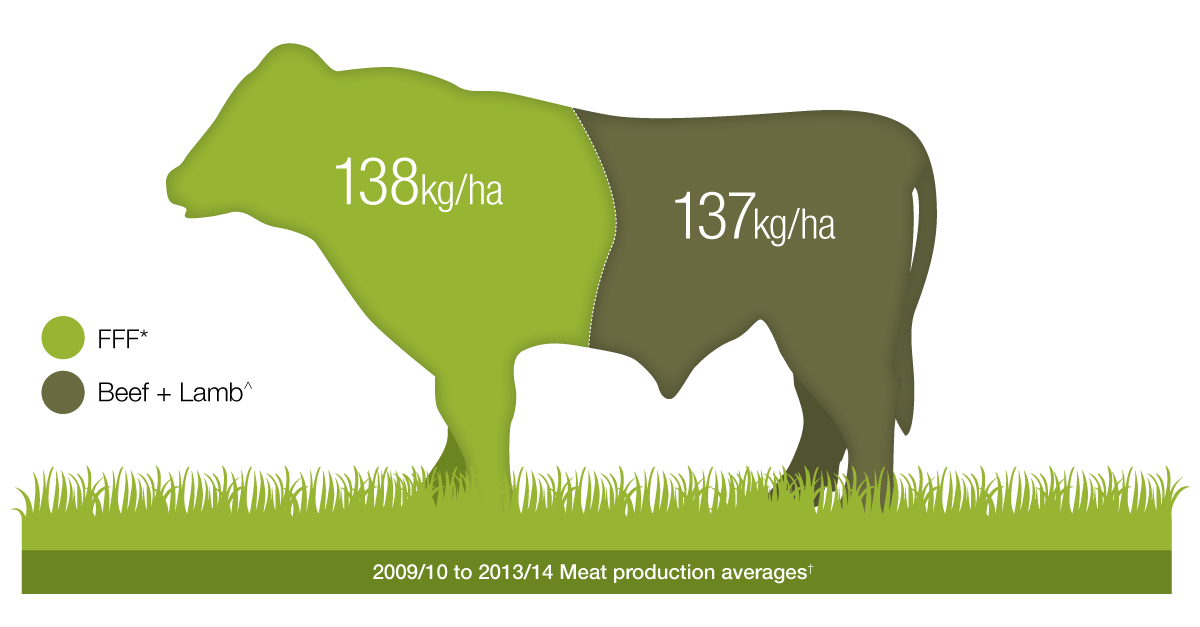
*Farming for the Future (FFF) ^Average of North Island Beef + Lamb Class 3 + 4. † Net meat output: the difference between kg carcase meat imported and exported.
Hatuma Dicalcic Phosphate monitor farms apply half the average fertiliser inputs compared to Beef + Lamb regional averages. With Hatuma Dicalcic Phosphate® you’re using less phosphate than the old model of farming would’ve recommended.
Non-renewable resources will become scarcer and more expensive. Farmer who can find better efficiencies will be better placed for future growth.
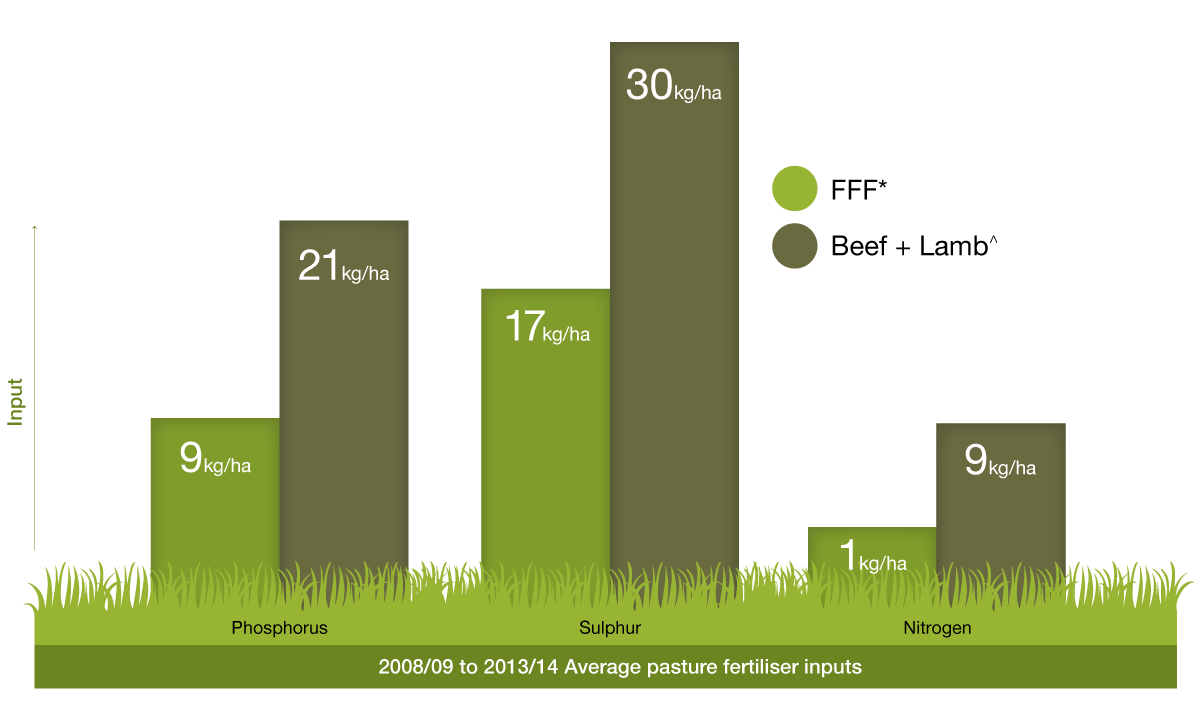
*Farming for the Future (FFF) ^Average for Hawke’s Bay, Wairarapa, Taranaki/Manawatu (Source: Beef + Lamb New Zealand Economic Service, North Island Class 3 + 4)
Hatuma Dicalcic Phosphate monitor farms spend less on fertiliser per stock unit and per hectare compared to Beef + Lamb averages. That’s cost effective for your pocket and better for the environment.
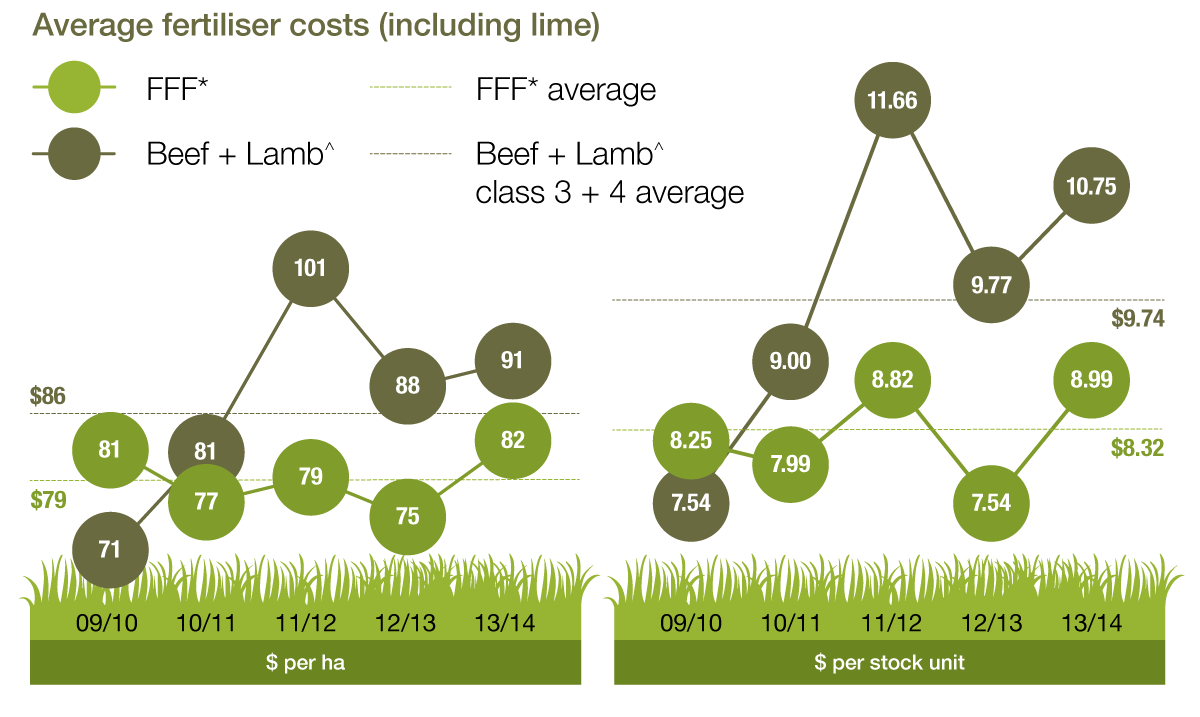
*Farming for the Future (FFF) ^Average of North Island Beef + Lamb Class 3 + 4.
Hatuma Dicalcic Phosphate monitor farms record low nutrient losses. Extensive independent monitoring suggests sheep and beef farmers using Hatuma Dicalcic Phosphate® are below or well within recommended Nutrient Loss Indices found in OVERSEER® benchmarks.
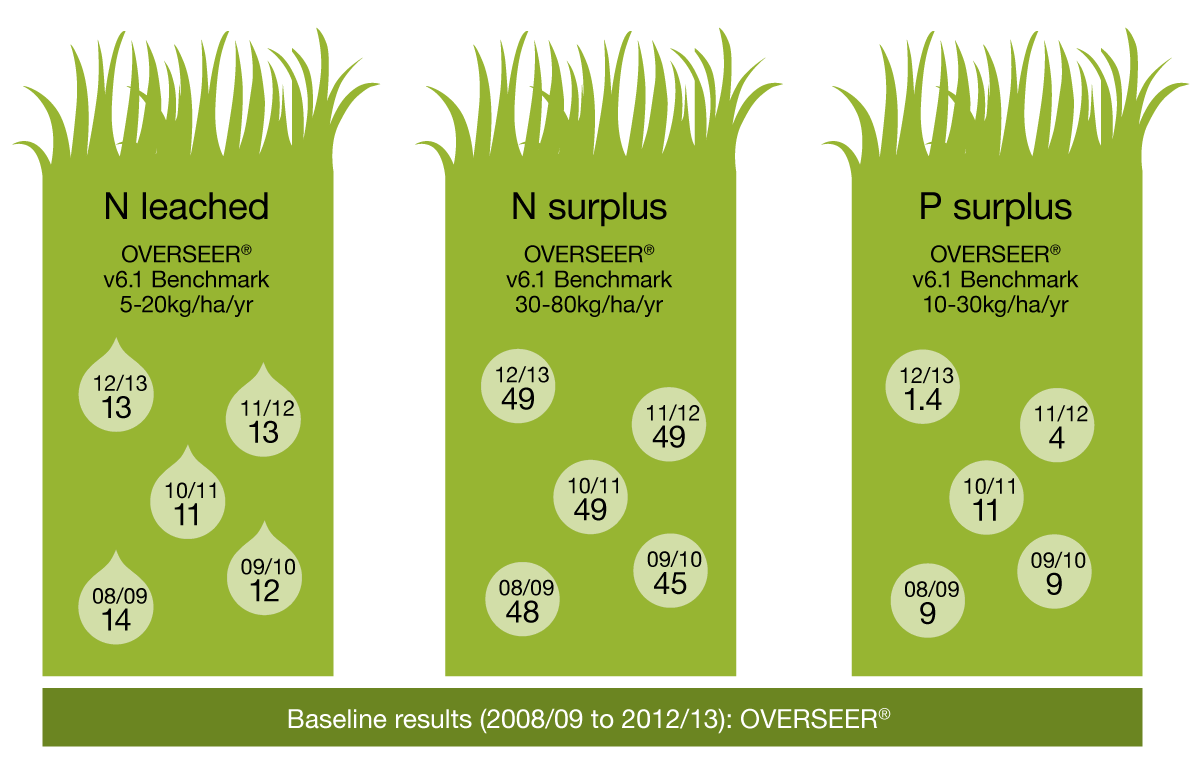
Benge, J. & Lucock, D. (2014). Farming for the Future Research Project. 2009-2014 results: The AgriBusiness Group
Further research projects have evolved out of the ‘Farming for the Future’ research programme that will also assist farmers to improve the performance, sustainability and resilience of their farming systems.
These are:
1. Examination of the molecular structure of Hatuma Dicalcic Phosphate® vs superphosphate + lime.
Resulted in the discovery that a unique phosphate molecule, brushite, occurs. Brushite is different to the usual phosphate that is found in superphosphate as it is fully plant available with a much lower rate of solubility.
2. Dicalcic persistence and its effect on pasture growth in comparison with lime and superphosphate. Pot-trial and incubation experiments.
Land Research Services undertook a two part study on behalf of Hatuma to determine the persistence of Hatuma Dicalcic Phosphate® in soils and to compare it with adding lime and superphosphate both together, and individually, and to measure the dissolution of each in an acid soil and dry matter production. The Hatuma Dicalcic Phosphate® treatment confirmed that a combination of a liming effect along with added phosphate can increase pasture dry matter production in an acid soil.
3. Lifting marginal land. In 2014 Hatuma began a long-term monitoring project on a Central North Island property that hasn’t seen fertiliser for many years due to financial constraints. Different application rates of Hatuma Dicalcic Phosphate®, based on varying $/ha, will be applied on adjacent areas. Extensive soil, herbage and production monitoring will build a strong picture of what production gains are possible at minimum cost.
4. Water solubility testing of superphosphate. In 2014 Hatuma commissioned comparative testing on the water solubility properties of HDP and superphosphate. Results showed, for example, to remove 90% of the phosphate held in Hatuma Dicalcic Phosphate® requires 75 times more water than to remove the same proportion of phosphate from superphosphate1.
This supports previous industry field research2 that identified, on average, the use of low water soluble calcium phosphate fertiliser decreased phosphate losses by an average of 47% over 3 years.
[1] Identical quantities of superphosphate and dicalcic (<0.5 mm) were mixed in duplicate with a quantity of sand in glass leaching tubes and leached slowly with deionised water (approximately 100 ml/day) over 5 days. From research “Solubility of dicalcic phosphate compared to superphosphate,” 2014, prepared by P. Carey, Land Research Services Ltd.
[2] “Potential water quality impact and agronomic effectiveness of different phosphorus fertilisers under grazed dairying in Southland” R.W. McDOWELL 1 and L. C.SMITH 2, AgResearch Invermay.


